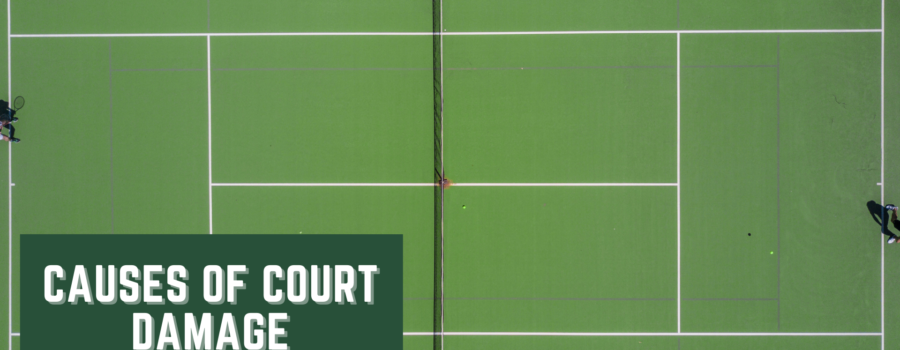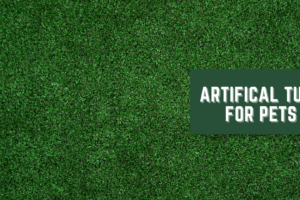Maintaining your tennis court is more important than you think. An unmaintained tennis court can affect the chances and types of injury or lingering pain that a player can sustain, among other things. This week, we’re outlining the most common types of tennis court damage and how you can repair them.
Infrequent Cleaning
If a tennis court isn’t regularly cleaned, the accumulation of leaves and other debris can lead to discoloration and long-term damage to a court. Get ahead of this by cleaning your court at least once a month and more frequently during the spring and summer months.
Algae, Mold, And Mildew
Growths of mold, mildew, and algae are primarily attributed to decaying debris, food and drink spills, and other unknown substances left on the court’s surface. This can cause the court to become severely damaged and slippery to the point that it presents the risk of injury to players.
Surface damage
Many things can cause damage to the surface of a court. For example, dragging items across the court, using it to bike or rollerblade on, and using non-marker tennis shoes will all likely damage a court significantly over time.
Cracks
Cracks can result from poor or improper maintenance or the sinking or settling of the sub-base underneath the court. Frost or temperature change can also stress the asphalt. Any type of cracks should be repaired by a professional.
Conclusion
With proper maintenance, a tennis court can last 15 to 20 years. RiteWay Tru-Bounce has repaired MILLIONS of feet of cracks on courts in all 50 States, Canada, Mexico, the Caribbean, and 6 of the 7 continents. Contact us today for court repairs!






Most Commented Posts